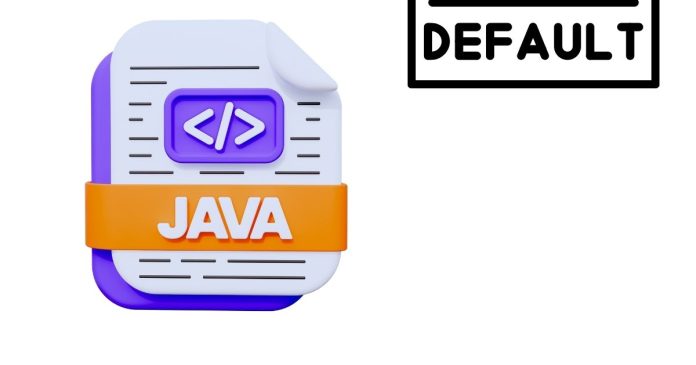In Java 8, default methods are methods that are defined in interfaces with a body (implementation). Prior to Java 8, interfaces could only declare methods without providing implementations. However, with default methods, interfaces can now have methods with default implementations, allowing classes that implement the interface to use or override them as needed.
Key Points:
Syntax: Default methods are defined using the default keyword followed by the method body.
Purpose: They help maintain backward compatibility by allowing new methods to be added to interfaces without breaking existing implementations.
Usage: Classes implementing the interface can either use the default implementation or override the method with their own.
Example:
If you add a new method to an interface, implementing classes don’t need to immediately provide their own implementation for it, as the default method will be used by default.
Default methods are particularly useful for interfaces that evolve over time, enabling new functionality to be added without forcing every implementing class to update its code.


